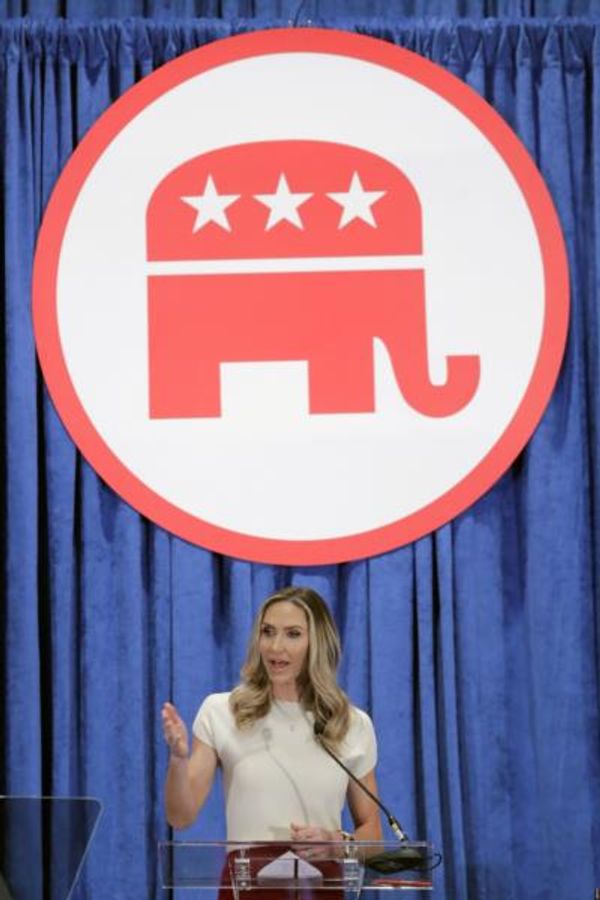The Australian public sector’s recent experience with the GovERP project, an ambitious yet ultimately unsuccessful SAP implementation, has been a wake-up call. It is a stark reminder of the challenges of adopting large-scale, one-size-fits-all solutions.
The demise of the project was also completely predictable.
Last month, IBRS published the first in a series of special reports on the ‘Future of Shared Services’, which directly called out why such projects are doomed. It also outlined how shared services must adapt to a world where SaaS is delivering the hoped-for outcomes of shared services, without the top-heavy, cash-draining baggage.
If you want to see what’s next and how shared services must evolve, you can read the report here. the report is essential reading.
In our view, the failure of GovERP isn’t about a project gone awry; it’s symptomatic of a deeper issue within public sector IT – the clinging to outdated, monolithic systems-design thinking.

While lucrative for big consultancies due to its demand for massive programs and long-running services, this approach often ends up being a square peg for the round hole of individual agency needs.
GovERP exemplifies this mismatch, with its top-down methodology failing to cater to the unique complexities and requirements of different agencies.
However, within this failure lies the seed of transformative opportunity. We argue that the shift towards SaaS Enterprise Resources Planning (ERP) solutions by individual agencies is not a symptom of a failure of shared services… it is the future of them.
The real failure is that shared services are too heavily influenced by major vendors and their consulting partners. The advice provided aims to consolidate deployment to as few partners as possible under the claim of ‘efficiency.’
But when you conduct deep audits, such efficiencies rarely materialise. We constantly see ICT services from shared services costing as much, if not more, than the open market.
And the gap between the proposed benefits of shared services and the reality is only growing as the world moves towards a SaaS-first, low-code empowered ecosystem. And yes, AI is only going to accelerate that trend.
When you look at what is happening within federal, state and even local government, you see SaaS ERP and customer relationship management (CRM) systems all over the place.
In many cases, these parallel the official central shared services approach. And the costs and implementation are borne by individual departments within the agencies directly.
Why?
SaaS enterprise solutions are inherently more flexible and adaptable than their traditional counterparts and offer a tantalising glimpse into a future where public sector IT is agile, responsive, and, most importantly, tailored to the specific needs of individual agencies.
And because SaaS promotes standardised, configurable approaches and data structures, with ‘customisation’ being accomplished through decoupled low-code capabilities, they also provide many of the touted benefits of having a ‘single shared solution’. The best of both worlds.
The adoption of SaaS ERP, however, is about more than just swapping out old software for new. It demands a fundamental rethinking of how shared services operate.
While effective in some respects, the traditional model of centralisation and standardisation is increasingly out of step with the dynamic and diverse nature of public sector agencies’ needs.
The rise of SaaS ERP is less about technology per se and more about a shift in approach – from control to enablement, from uniformity to diversity, and from centralisation to empowerment.
This shift requires shared services to adopt new roles. Rather than mere providers of IT infrastructure and solutions, shared services need to evolve into strategic partners and agency advisors.
In this new role, shared services can guide agencies through their SaaS adoption journeys, ensuring alignment with broader government objectives while also allowing for the configuration and (low-code) customisation and flexibility that agencies need.
Note how this change directly threatens the current economics of vendors and consultancies supporting shared services.
In addition, the long-established shared services agencies have, in some cases, decades of working with a narrow set of technologies.
Asking them to ditch their architecture and the software they are comfortable with and revamp their skills for a modern, cloud, API and low-code era, era is a big call. It is the weight of the past that hinders improvement.
Historically, this is why share services end up being axed by policymakers rather than evolving. GovERP being killed by the Fiance Minister appointing an outsider to do the review shows this.
The vested interests from big consulting groups and international vendors, coupled with investment skills and people, explain why GovERP failed to live up to expectations. It is a pattern we’ve seen before and will see more of in future.
But it is not all bad news. The transition to SaaS ERP opens up avenues for shared services to fundamentally transform to provide value-added services.
For example, with core IT infrastructure needs increasingly met by SaaS solutions, shared services can focus on data analytics, business intelligence, and strategic consulting. They can become centres of excellence for data management and analytics, supporting agencies in leveraging the full potential of SaaS solutions and driving innovation across the public sector.
However, this transformation will take work. We need to acknowledge the politics involved on all sides. I am not just talking about the Labor versus Liberal sideshow.
The real political bunfight will be the move in shared services competing with the global consulting groups and vendors that have an interest in ‘keeping things big’. It’ll be about keeping the gravy train chugging along.
In a previous economic analysis, IBRS and Insight Economics found that the long-term (10-year) economic benefits of migrating to SaaS exceeds $220 billion.
And the more Aussie solutions and local partners are used, the greater the total economic dividend. In this light, GovERP was predictably the wrong future for us to be chasing.
Australia needs a cultural shift in shared services, a willingness to embrace new ways of working, and a mindset change from both the providers and consumers of shared services. The lessons from the GovERP project must be heeded.
Dr Joseph Sweeney is Advisor, Future of Work, at IBRS and led the research into ‘The Future of Shared Services’ and works closely with many federal, state, and local governments on their future planning.







